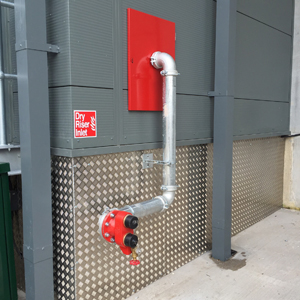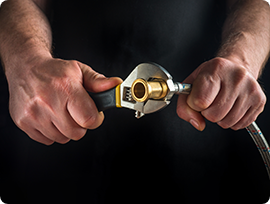Wet Riser
System
Request A Service

Over 5 years

Dry Risers Worked With

Wet Risers

Anytime , anywhere
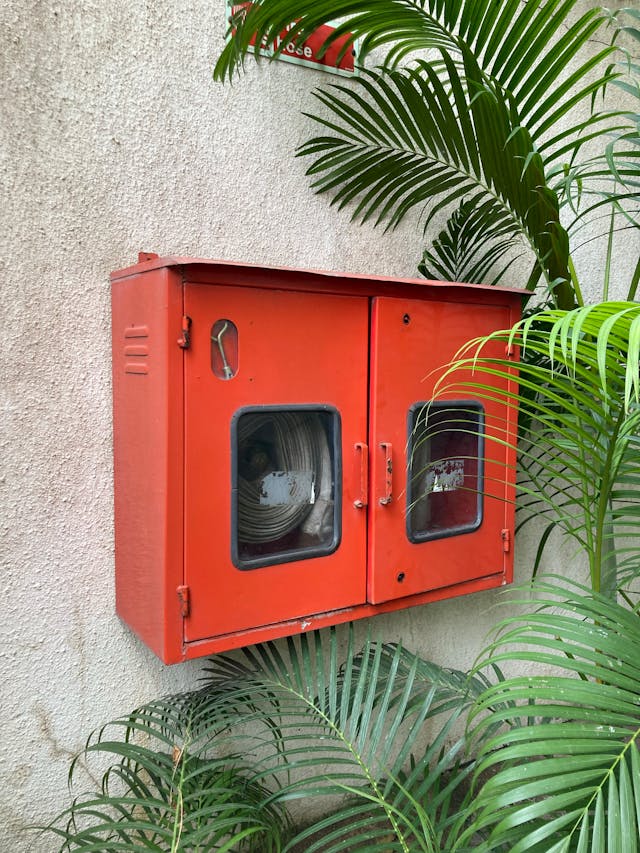
Wet Riser System Design (Wet /pre-pumped standpipes)
Wet riser installation is a fire-combating system found in high buildings. It is used to supply water to different parts of a building through the installed pipe size system, mostly for firefighting purposes. Wet risers are usually filled with water. In a fire fighting operation, it can be used automatically or manually. Which is why pressure testing is important.
The wet riser is capable of supplying up to 1500 litres of water per minute. It is built to sustain this amount of water supply for up to 45 minutes at least. If the wet riser performs below expectations, employ the right wet riser testing services to correct it.
If a building is more than 50 metres high, a wet riser is essential to guarantee its safety. In the eventuality of a fire outbreak, the chances of rescuing such building will be high. In houses that are less than 50 metres in height, a dry riser or a wet riser fire main can be installed.
A wet riser should have some parts like the jockey pump and the jockey pump controller. There is also a jockey pump starter. There is an electric pump and electric pump controller.
Wet Riser Maintenance and Testing
The working of a wet riser is not too delicate to understand. It is a fixture of valves and pipes. This connection makes it easy to get water to all floor levels. A wet riser is a system of vertical pipes fitted to tall buildings. These pipes are connected to landing valves in every floor of the building, save the ground floor. The pipe is attached to a water supply permanently. This water supply feeds the pipe with water. Water is drawn from the supply using duplicate automatic pumps. Pipe fittings are usually galvanised, flanged, grooved, or screwed. When there is a fire outbreak, the wet riser system makes it possible to distribute water to every building’s compartment. For safety purposes, water is meant to be available always. As such, the wet riser has an automatic warning system to signal a low water level.
The outlet at each floor has a water pressure reduction valves to aid water supply to the floors. The outlet pressures recommended for buildings is 8 Bars.
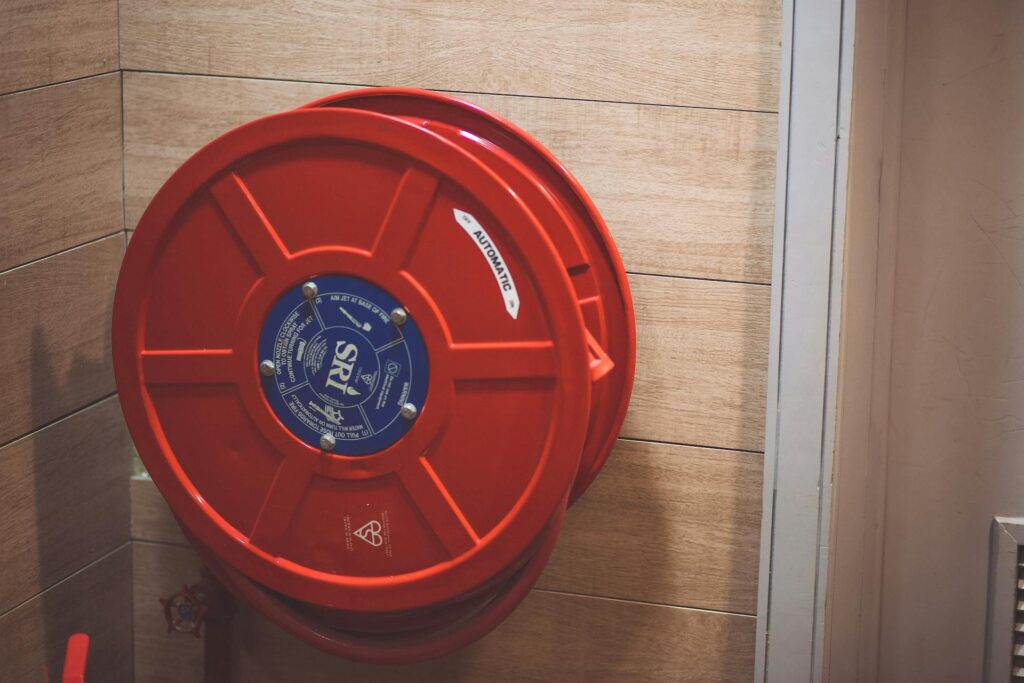

Importance of Using A Wet Riser
The ultimate reason for installing wet risers in tall buildings is safety. A wet riser helps to secure lives and properties. In a residential area, there are several activities involving the use of fire. In a corporate environment, the chances of a fire outbreak are not limited.
Installing a wet riser enhances business safety. It can protect your business and property from fire. When there is a fire outbreak, firefighters can easily let water into the house’s upper levels through the wet riser.
Installing a wet riser is a way of ensuring that water flows around your house and premises. This essential step safeguards your surroundings against fire. If there happens to be a fire outbreak, curtailing it will be way easier with a wet riser system.
With a wet riser system, firefighter’s response to a fire outbreak situation will be faster. It saves them the time used to set up their equipment.
Advantage Of A Wet Riser?
The wet riser is advantageous in high buildings compared to the dry riser. The wet riser provides the required pressure to charge the riser. With the wet riser and their firefighting appliances, firefighters can get water to all house levels.
Wet risers should be located in areas where they will be safe and easily accessible. In the case of an emergency, firefighters can set their rescue running in no time. Areas like in a stair case, lobbies or other safe enclosures are suitable.

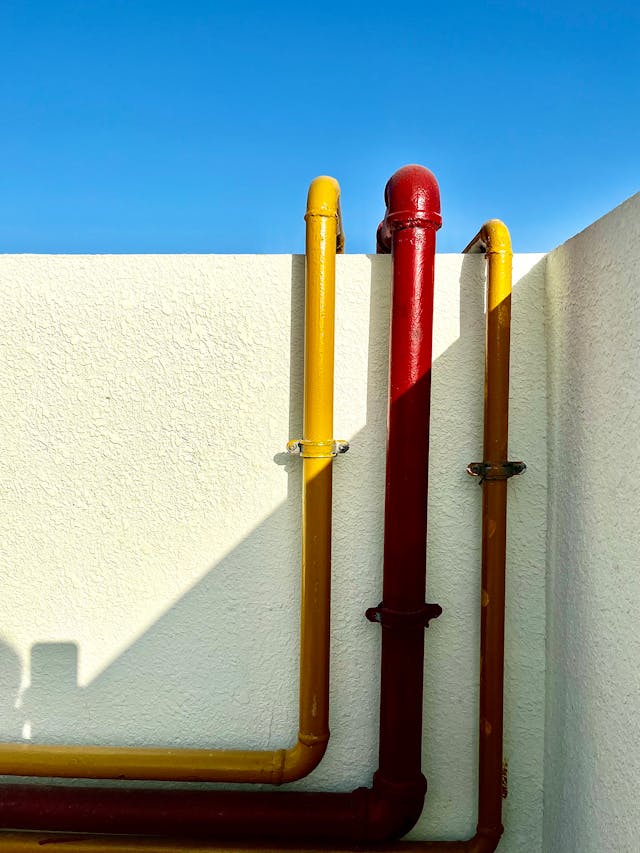
Testing and Wet Risers Maintenance
Maintaining a wet riser is essential. A damaged wet riser puts a house at risk the same way the absence of it does. Only professional wet riser testing services providers should handle the wet risers.
Maintaining a wet riser lies with the owner or housing agent or the management in charge of the building. British Standard 5306: Part 1 1976 (Revised by BS9990) recommends an annual servicing and a “full wet test” of the wet riser. It also stipulated a biannual visual inspection.
These inspections and maintenance are meant to guide against anything that can hinder the smooth operation of firefighters in a situation.
The riser should be checked by a professional. Maintenance includes checking for anything that can pose danger. The pipes should be checked for mechanical wet riser failure and blockage. The outlets should be check to ensure they are in position.
Outlet and inlet fittings can get out of position if tampered with. They can also be damaged or stolen. Replacement of damaged parts will be essential.
Whenever the wet riser is inoperative or fails, its repair should be treated with urgency. Repair and replacement call for urgent action and it should be done professionally.
Maintenance also includes ensuring the pipes are clean in and out. Making sure that all nuts and handwheels are intact and not rusted. Ensuring that all blank caps, chains, cabinet, signages, etc. are intact, clean, and functional.
The valves on the rising mains are isolated at intervals to enable thorough repairs. Isolated sections can be cleaned easily.
Benefits of Maintaining the Wet Riser
Good maintenance will ensure the valves and pipes are in good shape. Consequently, the wet riser system will deliver well when in use.
Good maintenance will ensure that the wet riser maintains the pressure that is essential for firefighting. Getting water to the top floors will be easier and faster.
A well-maintained wet riser will be easy to use. Maintenance will keep the connections in good shape and order. In the case of an emergency, the operation will be smooth.


The Need for Wet Risers
Buildings taller than 18m are required by law to have fire mains. You will find this under building regulations, Fire Safety section, Part B. Other buildings under 50 m height should have either wet risers or dry risers.
Wet risers are necessary for buildings that are 50 meters taller than the access level of rescue service vehicles. The risers need a lot of pumping pressure to get filled with water. For these buildings, that pressure is higher than what fire service pumps can offer. With such pressure-demand, fire service equipment might not pump enough water at the required speed.
Wet risers are supplied water from sources with high pressure. In most cases, storage tanks that have landing valves at specific locations on different floors are used.
In cases of emergency, fire service pumps could supplement wet risers’ supply of water. For instance, if the storage tank is running low. This problem could probably be because the rescue is taking too long.
Regulations Guiding the Use of Wet Risers
Appliances that pump water should be placed around 18 m of the main inlet of water. They should be within sight around a suitable entrance, thereby allowing access to the water inlet.
Generally speaking, the minimum pressure for a wet riser’s supply system at the roof level is 4 bar. Similarly, its flow rate should be about 22.7 litres per second. The maximum pressure allowed per outlet is 5 bar.
Firefighting shafts should house wet risers. If needed, escape stairs can protect them. If available, stairs or protected lobbies can house the landing valves or outlets of wet risers.

Additional Services

Dry Riser Installation

Dry Riser Testing

Dry Riser Regualations

Wet Riser

Wet Riser Systems

Fire Sprinkler Servicing

Fire Hydrant Servicing

Fire Hyrdrant Flow Testing

BS9990

BS9251

Fire Safety Training

HMO Fire Assesment
